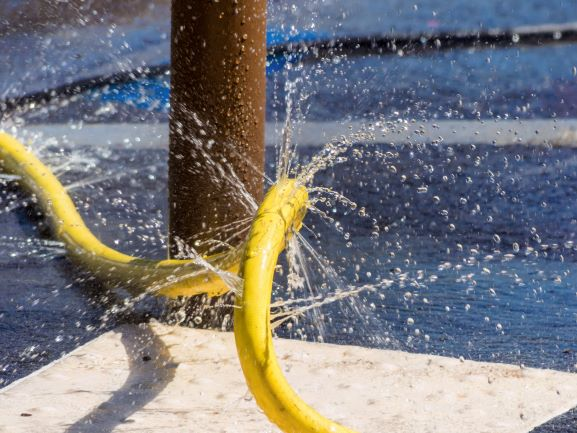Choosing the Right Cables for Long Travels: A Simple Guide
Shery George | 14 February 2024
Hey there! Today, I want to share a story about a recent customer visit that got me thinking about bus cables for long travels.
The customer is into making systems for handling foam materials. Imagine moving around material handling between different processing steps. Now, these often involve long travels and that’s where our e-chains and chainflex cables are used.

Long travels
When it comes to long travels, our products need to endure a continuous heavy load.
When dealing with long travels, one common concern is determining the maximum transmission length, especially with bus cables in a recent customer application involving a travel distance of around 100 meters, the plan included a combination of motor cables, control cables, and Profinet cables within the chain system.
The transmission length
The Profinet cable caught my attention because not every cable is suitable for all transmission lengths. When it comes to electrical conductors, there are limitations due to losses over extended distances.
Imagine a hose with holes as an analogy. The longer the hose, the more water is lost along the way. In the case of an electrical conductor, these “holes” can be likened to attenuation values or external disturbances, which increase with the cable length and affect the transmission quality over distance.

For applications with long travels, such as cranes, gantries, or lengthy production lines, it’s crucial to discuss projects in detail. As travels lengthen, the risk of data or electrical energy not reaching the end as intended also increases. This is why careful consideration of transmission lengths and suitable cables is essential, especially when dealing with projects that involve long travels. If you’re transmitting a Profinet signal over a significant distance using a copper cable, issues may arise in the data transmission process.
Alternatives to Profinet with copper
An alternative solution for transmitting the Profinet signal over long distances. Instead of using a copper cable, the chosen alternative involves employing a chainflex fiber optic cable. Fiber optic cables have significantly lower attenuation values compared to copper cables, allowing for reliable signal transmission over extended distances.

To implement this alternative, the customer now utilizes a fiber optic cable in their system for Profinet signal transmission. An essential component in this setup is a transducer that converts the electrical signal into an optical one before entering the fiber optic cable and vice versa. Since adopting this solution, the data transfer operates seamlessly and the system, comprising e-chain and cables, comes with a service life guarantee of up to 48 months in the described application.
If you’re part of the crane industry or involved in material handling with applications requiring long travels, feel free to reach out. We can work together to plan the right cables for your project.
